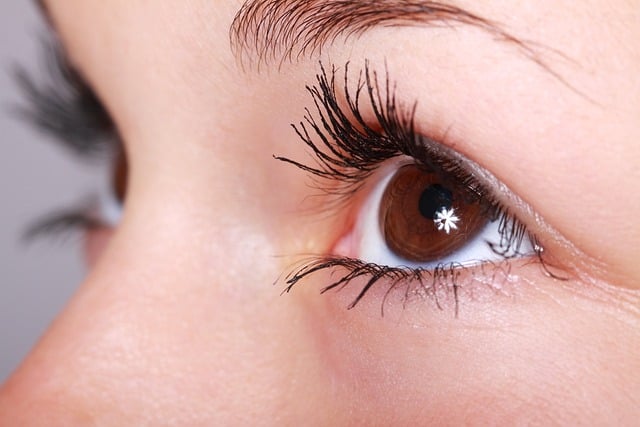Screen time has become a massive part of daily life, and while adding convenience and productivity, it’s also contributed to discomfort, such as digital eye strain. One common symptom associated with extended screen use is red eyes. Here is some information on potential causes, treatments, and how to manage this issue more effectively:
Red Eye Causes
Red eyes occur when the blood vessels on the surface of the eye dilate, causing redness and irritation. This can stem from various conditions, many of which are particularly noticeable among individuals who spend hours on digital devices each day. Excessive screen time can exacerbate red eyes through digital eye strain. When focused on screens, people often blink less frequently, leading to dryness, irritation, and redness. The blue light emitted by digital devices may also contribute to eye discomfort, making the redness more apparent over time.
Common Medical Conditions
Environmental elements like dry air, dust, and long hours in front of bright screens can worsen red eye symptoms. Individuals with allergies, poor lighting setups, or inconsistent screen breaks are particularly at risk of developing redness. Several medical conditions and factors could be behind the redness, too. Here is a list of some common causes:
- Acute Angle-Closure Glaucoma: This serious condition causes sudden redness and pain, requiring immediate attention.
- Blepharitis: This inflammation of the eyelids can result in chronic redness and discomfort.
- Conjunctivitis: An infection or allergy-related inflammation of the conjunctiva often causes redness and itchiness, also known as pink eye.
- Contact Lens Use: Long hours wearing contact lenses, especially when paired with screen time, can lead to irritation.
- Corneal Ulcer or Infection: Bacterial or fungal corneal issues can result from improper hygiene or overuse of contact lenses.
- Dry Eye Syndrome: Reduced blinking during screen time contributes to dryness and irritation.
- Eye Whitening Drops: Overuse of these drops can cause rebound redness.
- Eye Injuries or Trauma: Scratches or impacts to the eye can create irritation or redness.
- Subconjunctival Hemorrhage: Broken blood vessels in the conjunctiva cause visible red patches in the eye.
- Uveitis: This condition is inflammation inside of the eye, often requiring prompt medical care.
Red Eye Treatments
Treating red eyes depends on their underlying cause. There are a variety of remedies and strategies to address this issue, many of which are simple yet effective for individuals with screen-heavy lifestyles. Over-the-counter treatments include specific eye drops, cool compresses, and eyelid scrubs to help ease redness and other symptoms.
Artificial tears can help combat dryness, while other prescribed eye drops, like allergy drops, can help with itchiness. Applying a cool, damp cloth over closed eyes can reduce redness and relieve irritation. Eyelid scrubs help manage blepharitis by keeping the eyelids clean and free of buildup. For more severe conditions, prescription medication or medical procedures may be necessary.
Lifestyle Adjustments for Prevention
Implementing lifestyle changes can reduce discomfort and protect your eyes from prolonged redness. Adjusting your workspace with proper lighting can reduce glare on screens. Screen filters or blue light-blocking glasses may help decrease redness and eye issues, especially when paired with taking screen breaks. During your day, take breaks to reduce eye strain when using screens. Consciously making an effort to blink more often may help to maintain moisture levels better.
Help Treat Your Red Eyes
If screen time and digital eye strain leave your eyes red, irritated, and tired, you’re not alone. Simple preventative steps like blinking often, taking regular breaks, and using artificial tears can make a significant difference. If your symptoms persist, consult a professional today for accurate guidance tailored to your situation.

